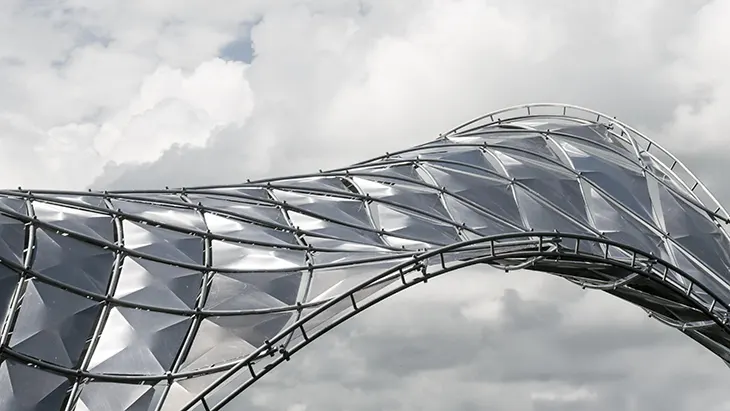
During the 2025 Venice Biennale, the Norman Foster Foundation and Porsche unveiled their first collaborative project, a large-scale installation titled Gateway to Venice’s Waterway. Installed at the Arsenale and unveiled during the vernissage, the piece introduces a speculative vision for the future of sustainable mobility in Venice, bridging historic preservation with technological innovation.
ARCHITECTURE
The installation, which spans 37 meters, takes its cues from Venice’s storied bridge structures while serving as a conceptual hub for electric transportation on land and water. It was designed in a close exchange between architects from the Norman Foster Foundation and designers from Porsche, bringing together architectural thinking and automotive innovation. The sculptural structure acts as an entry point to emission-free mobility, connecting to water bikes, electric boats, and alternative transit solutions, all presented as part of the debut.
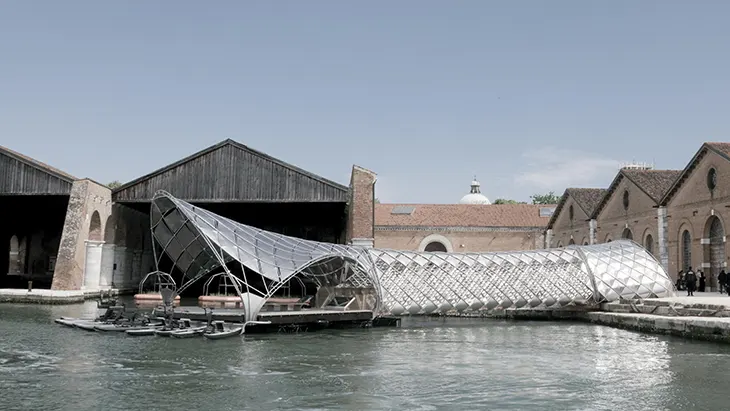
Visitors encountered a dynamic experience at both the Gateway installation and Palazzo Pisani Moretta, where the project’s design process and sketches were displayed. The collaborative effort is part of The Art of Dreams, Porsche’s global art initiative that has previously commissioned projects at Singapore Art Week, Art Basel Miami, Milan Design Week, and Frieze Seoul.
“With Gateway, we’ve imagined a Venice where historic beauty and modern mobility coexist,” said Norman Foster. “This is about dreaming with purpose, offering real ideas for how cities like Venice can evolve without losing what makes them special.” The structure itself echoes the lightweight efficiency of Porsche’s racing heritage, its frame draws inspiration from the aluminium lattice of the Porsche 908, while its kinetic surface references the geometric patterning of the new Macan.
Michael Mauer, Vice President of Style Porsche, described the collaboration as a pivotal exploration of identity and future direction. “This exchange with Norman Foster and his team gives us valuable insight beyond automotive design,” he said. “It encourages us to think long-term about the role of the automobile in cities that face increasing environmental pressure.”
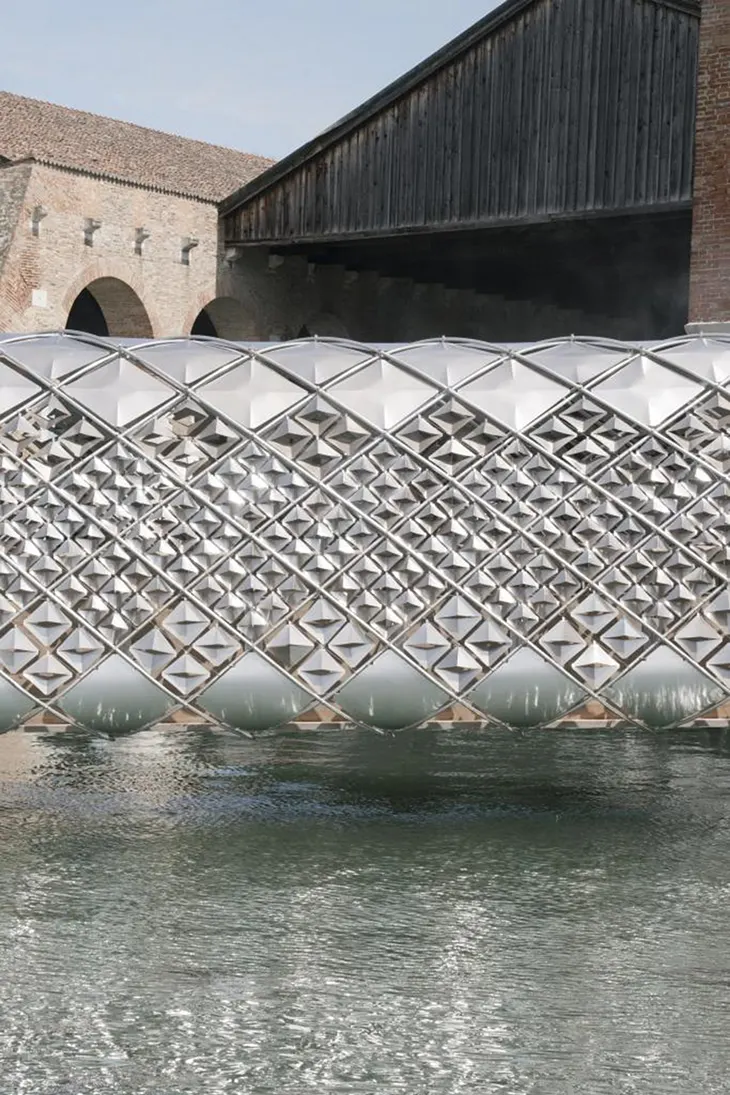
Alongside the large-scale Gateway installation, student projects from Style Porsche and Studio F.A. Porsche Zell am See were on view, offering further concepts for how mobility might evolve within delicate urban environments. Featured among the alternative vehicles were the Frauscher x Porsche 850 Fantom Air sports boat, equipped with the all-electric drivetrain of the Macan Turbo, and the Schiller water bikes, both available for test rides during the Biennale’s opening week.
Sustainability remains a central theme throughout. The structure makes use of recycled materials, environmentally conscious construction systems, and a lightweight approach rooted in motorsport design. These elements ensure that the installation has minimal impact while addressing large-scale ecological questions through design.
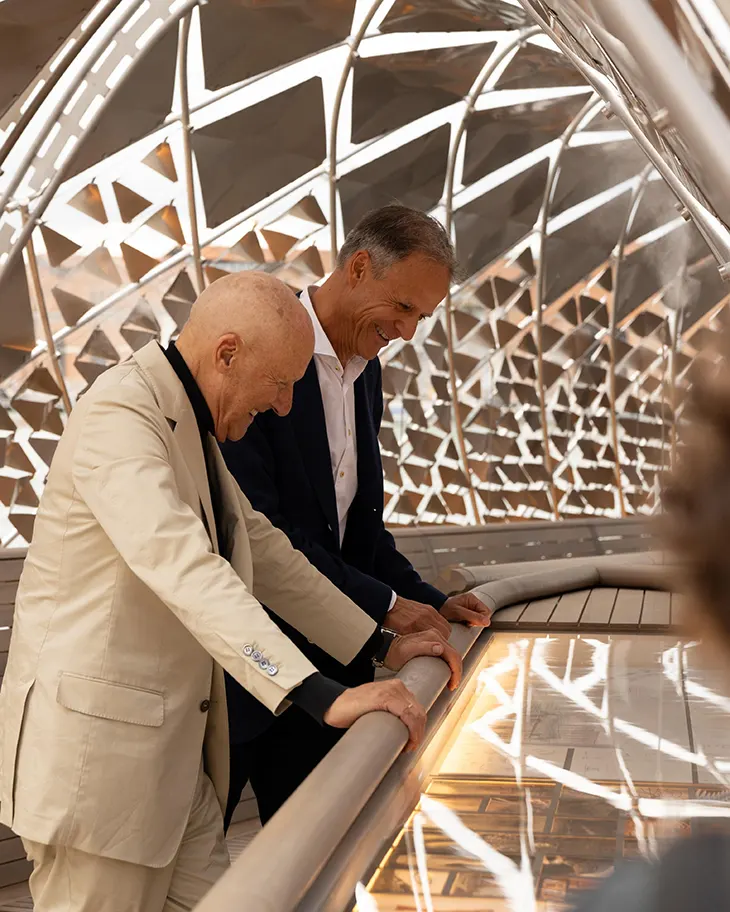
The collaboration also marks the beginning of a broader partnership between Porsche and the Norman Foster Foundation. The project extends beyond this one installation, with shared sketches revealing future ideas for individual mobility. As part of a longer commitment, both teams plan to continue exploring how architecture, design, and automotive thinking can intersect in meaningful, forward-looking ways.
The Art of Dreams first launched in Paris in 2021 with an immersive sculpture by Cyril Lancelin and has since worked with a diverse range of artists and designers including Ruby Barber, Numen/For Use, Thomas Trum, Audrey Large, and Chris Labrooy. The 2025 edition in Venice adds a new scale to the initiative and deepens its connection to real-world urban challenges. With Gateway to Venice’s Waterway, the project moves beyond symbolic gesture into speculative infrastructure, imagining a future where cities like Venice aren’t left behind by the electric transition but are instead at the center of it.
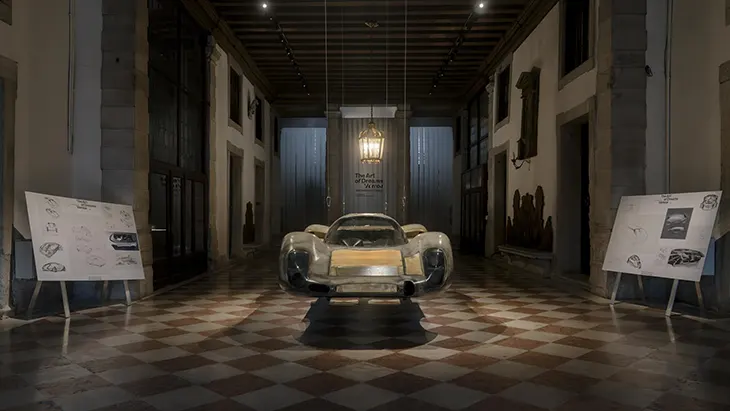
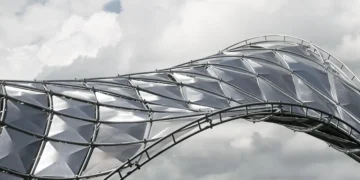













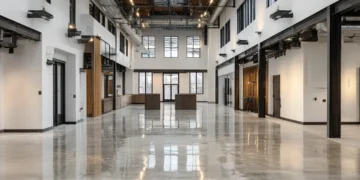
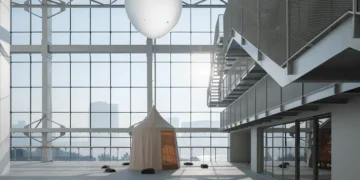
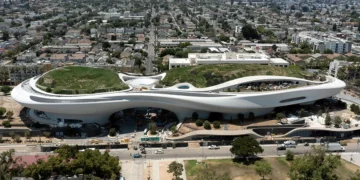
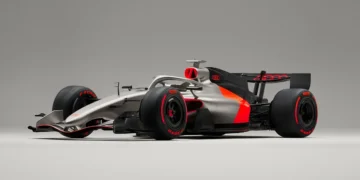
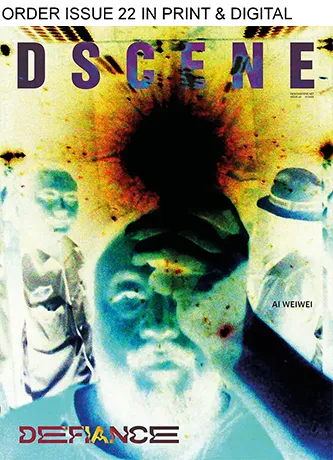

This project is a stunning example of how design and technology can come together to shape the future of mobility. The vision behind this hub feels both ambitious and grounded in aesthetic precision — something we’ve come to expect from both Porsche and Foster. It’s inspiring to see how design transforms functionality, much like how Artisticks integrates artistry into architectural details to elevate everyday spaces. Truly impressive work!